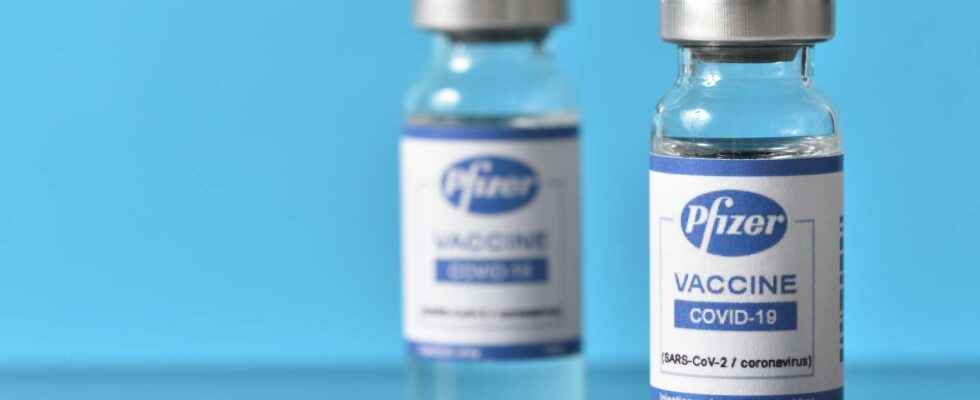The vaccine booster makes it possible to awaken the specific immunity to Covid-19 which gradually fades over the months. An Israeli study calculated the benefits of this 3e dose on infections, severe forms of Covid-19 and deaths for several age groups.
You will also be interested
[EN VIDÉO] Why are we more afraid of vaccines than of drugs? Nearly one in four French people refuse to be vaccinated. Most people, however, are not reluctant to swallow medication. Where does this difference come from ?
Israel is one step ahead of vaccination compared to other countries. Israelis may receive a third dose of vaccine anti-Covid since the end of summer 2021 and the injection of a fourth is planned for those aged 60 and over to counter the circulation of the Omicron variant.
Israeli public health authorities are closely monitoring the vaccination campaign in their country, and the data they collect is regularly used in the scientific literature. Recently, scientists have used them to estimate the benefit of a third dose report on infections, hospitalizations and deaths related to SARS-CoV-2 for several age groups. They publish their results in The New England Journal of Medicine (NEJM).
The booster dose limits infections …
The study gate out of a total of 4.7 million people including 104,380 infected with SARS-CoV-2. They were divided into seven groups according to their age: 16-29 years, 30-39 years, 40-49 years, 50-59 years, 60-69 years, 69-79 years and 80 years and over. For each age group, the scientists compared three groups: people who did not receive a booster dose, those who received a booster dose but who had not yet reached its full effectiveness (3 to 7 days) and those which have received a booster dose and which is fully effective (12 days or more).
According to these data, infections are rarer in the boosted group than in the non-boosted group. They decrease by a comparable factor between all age groups. In comparison with the unboosted group, the infection rate is between 9 and 17 times lower in the boosted group. If we make the same comparison, but with people in the “early boosted” group who received their booster only 7 days before the analysis, the infection rate is then between 5 and 10 times lower than in the boosted group.
… and severe forms and deaths
The rate of severe forms of Covid-19 between the three groups was calculated only for the highest age groups combined: 40-59 and 60 and over. A booster dose to its full potential decreases the rate of severe forms by a factor of 17.9 in those aged 60 and over, and 21.7 for those aged 40-59, compared to the non-boosted group. The rate of severe forms decreases by a factor of 6.5 and 3.7 for 40-59 year olds and 60 years and over respectively, compared to the “early boosted” group.
Finally, the death rate, calculated only for those aged 60 and over, decreases by a factor of 14.7 in people who received the booster compared to those who were not boosted; and by a factor of 4.9 compared to the “early boosted” group.
These results show the effectiveness of the vaccine booster in limiting infections, especially in young people, but also serious forms and deaths linked to Covid-19 in the short term. They also show that the benefits appear from the first days after the injection, but that you have to wait ten days for them to be at their maximum. Further studies will determine the long-term effectiveness of the vaccine booster and also face emerging variants such as Omicron.
Interested in what you just read?
.
fs6
